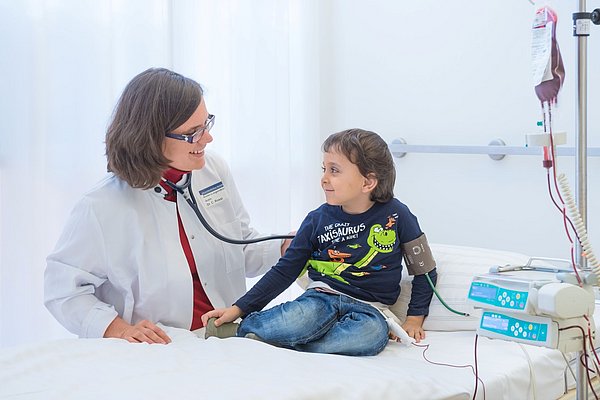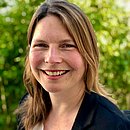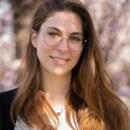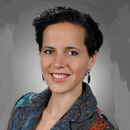The Hopp Children’s Cancer Center Heidelberg (KiTZ) is a joint institution of the German Cancer Research Center (DKFZ), University Hospital Heidelberg (UKHD) and the University of Heidelberg (Uni HD).
Childhood cancer has become a curable disease in many cases. Sixty years ago, cancers in children could only be cured in around 20 percent of cases. By the 1990s, improved therapies meant that 80 percent of cases were cured. Since then, however, cure rates have stagnated. “In a fifth of children, the cancer comes back and in these cases we still have hardly any options to fight it effectively long-term,” says KiTZ Director Olaf Witt from DKFZ and the University Hospital Heidelberg (UKHD). “The established standard therapies have no effect in these cases. Moreover,” he adds, “the usual chemotherapy and radiotherapy methods often have serious side effects and long-term consequences.” At the European conference on Improving Cancer Care in Europe, which was held at the DKFZ on 3 September, Olaf Witt stressed the fact that there is therefore an urgent need to develop approaches tailored to children.
New approaches aimed specifically at children, like targeted drugs and cancer immunotherapy, which are already used successfully in adults to treat certain cancers, are almost non-existent. In Germany there are currently only around 20 clinical trials for the development of new childhood cancer drugs, whereas there are hundreds for adults. KiTZ Director Stefan Pfister from DKFZ and the University Hospital Heidelberg (UKHD) sees a number of reasons for this: “Cancer in children is rare, compared with adults, and accounts for less than one percent of all cancer cases. It means there is a much smaller commercial interest. In addition there are hundreds of subgroups of childhood cancers, and most of them do not occur in adults, so developing cancer drugs specifically for children is time-consuming and expensive and usually has to be done on an international scale.
The international INFORM program at the KiTZ is the first comprehensive initiative to use cutting-edge molecular diagnostic methods to conduct a systematic search for new therapeutic approaches to treat children for whom the standard therapies have been exhausted. Since the start of the international initiative in 2015, physicians from around 100 children’s oncology centers in 11 European countries have been sending tumor samples from young patients with relapses to the KiTZ in Heidelberg. There, experts look for individual molecular target structures that can be used for targeted cancer treatment. If the scientists find suitable target structures, some patients can be included in an appropriate clinical trial for targeted therapy. Because there are only a few such trials in Germany and elsewhere, some patients have to travel abroad to take part.
In other cases, physicians can use drugs that were originally approved for adults. However, this ‘off-label use’ of drugs has disadvantages, as Olaf Witt explains: “The dosage has not been tested for children, there is often no appropriate pharmaceutical form available, and the risk of a patient developing side effects that are not spotted in time is higher, since there is no close monitoring in line with a set plan, as there would be in a clinical trial. Moreover, off-label applications do not deliver any systematic scientific findings.”
More than 1,500 young patients have taken part in the INFORM program since 2015. In Germany, nearly half of all young cancer patients with a relapse took part. A suitable molecular target structure that could be used as the basis for targeted therapy was identified in a significant proportion of children and young people. “We are now very much hoping for support from policymakers,” says Stefan Pfister, “so that we can work with the relevant regulatory authorities to set up clinical trials for new childhood cancer therapies as quickly as possible, and push ahead with the development of a networked international approach to children’s oncology.”
Ansprechpartnerin für die Presse:
Dr. Alexandra Moosmann
Hopp-Kindertumorzentrum Heidelberg (KiTZ)
Referentin Presse- und Öffentlichkeitsarbeit
Im Neuenheimer Feld 130.3
69120 Heidelberg
T: +49 (0) 6221 56 36434
E-Mail: a.moosmann[at]kitz-heidelberg.de
E-Mail: presse[at]kitz-heidelberg.de




